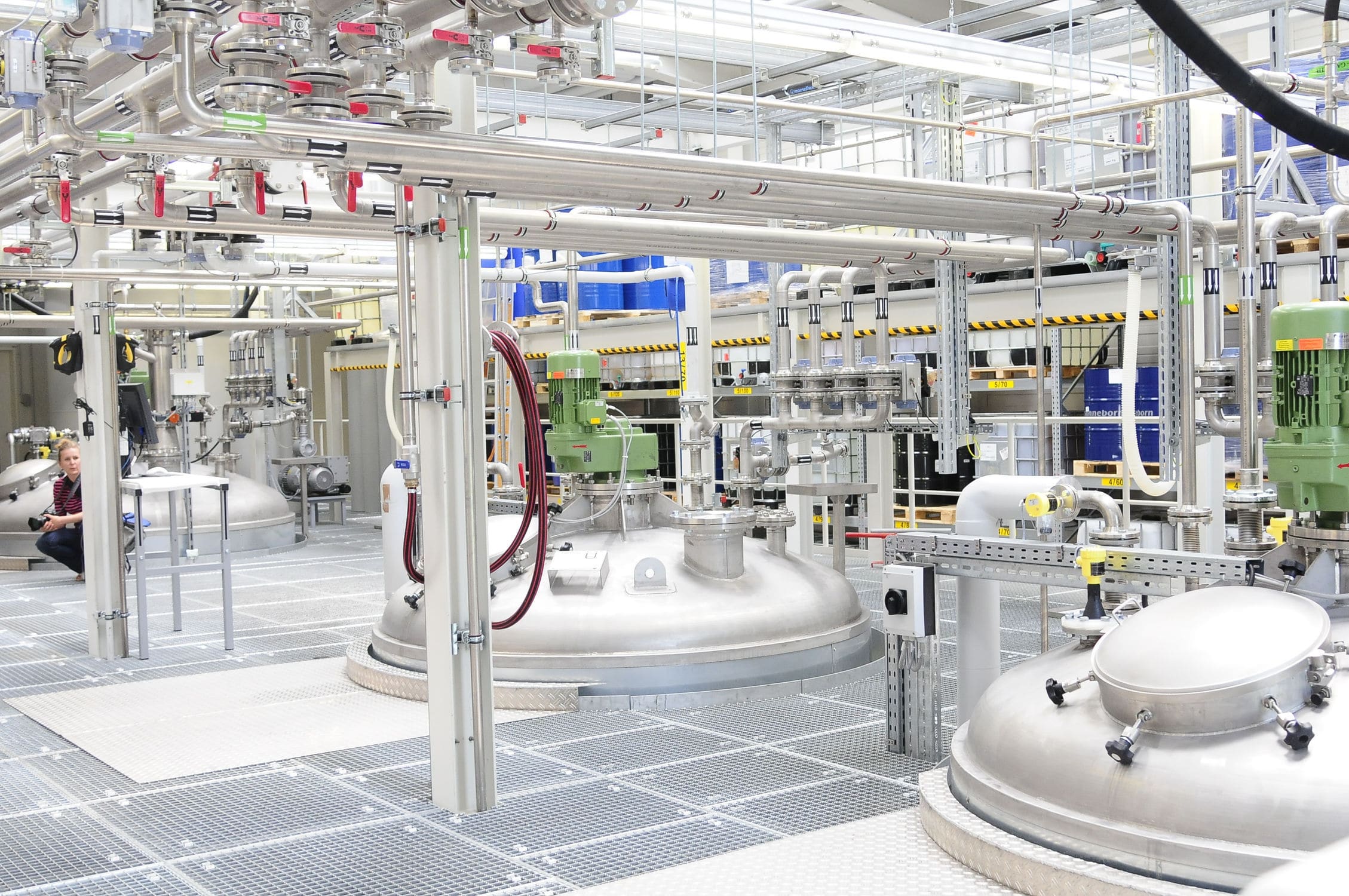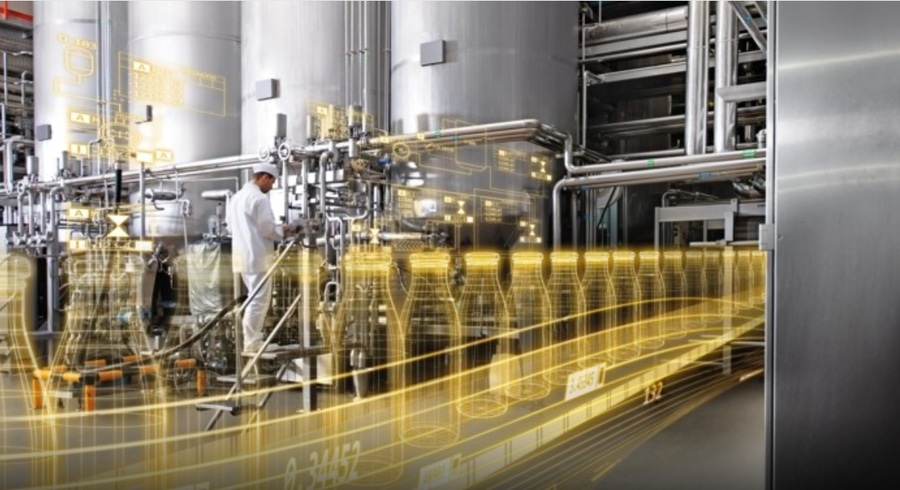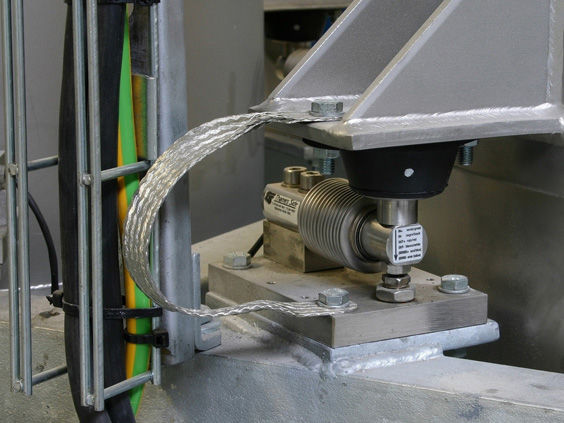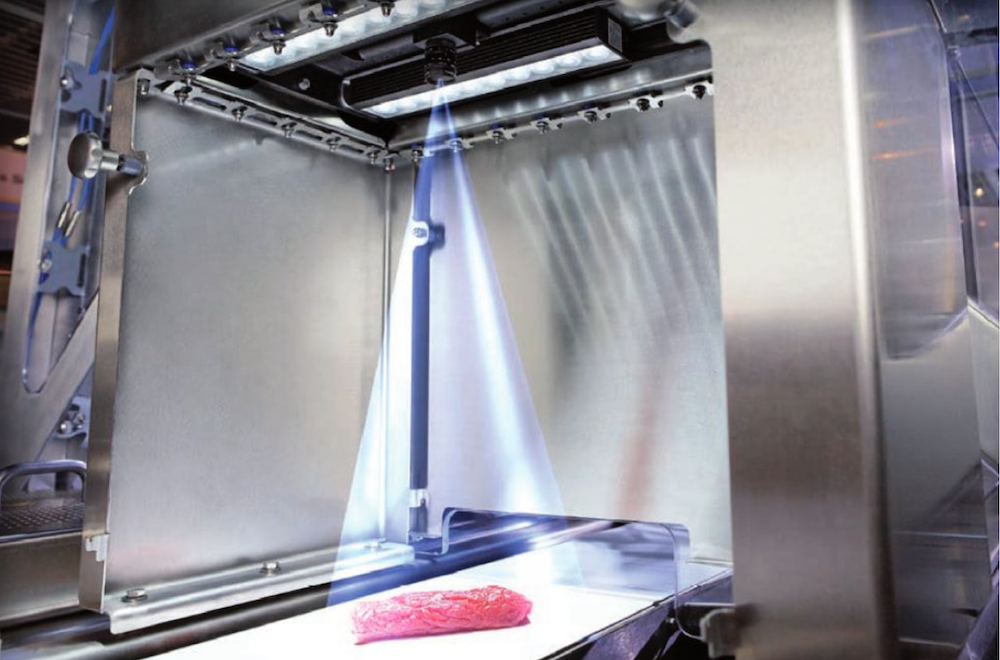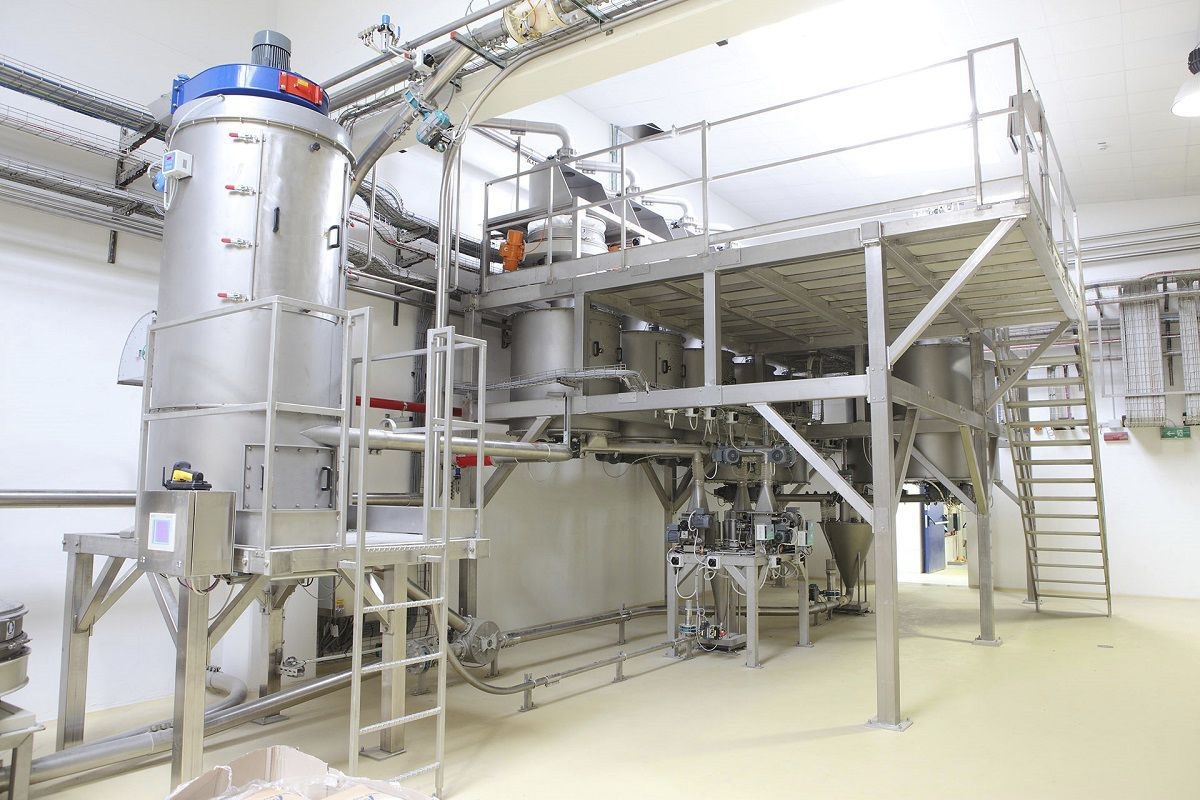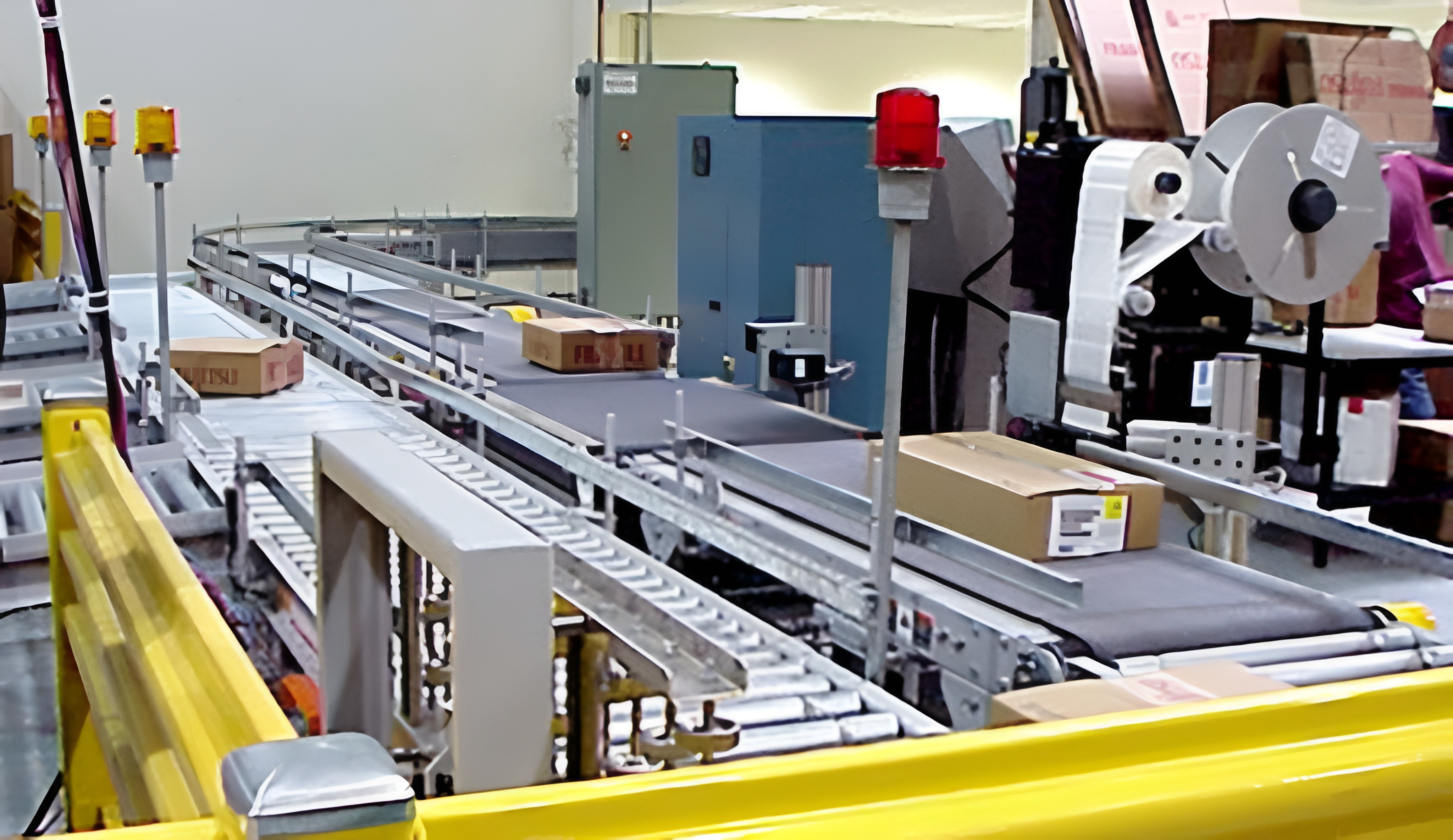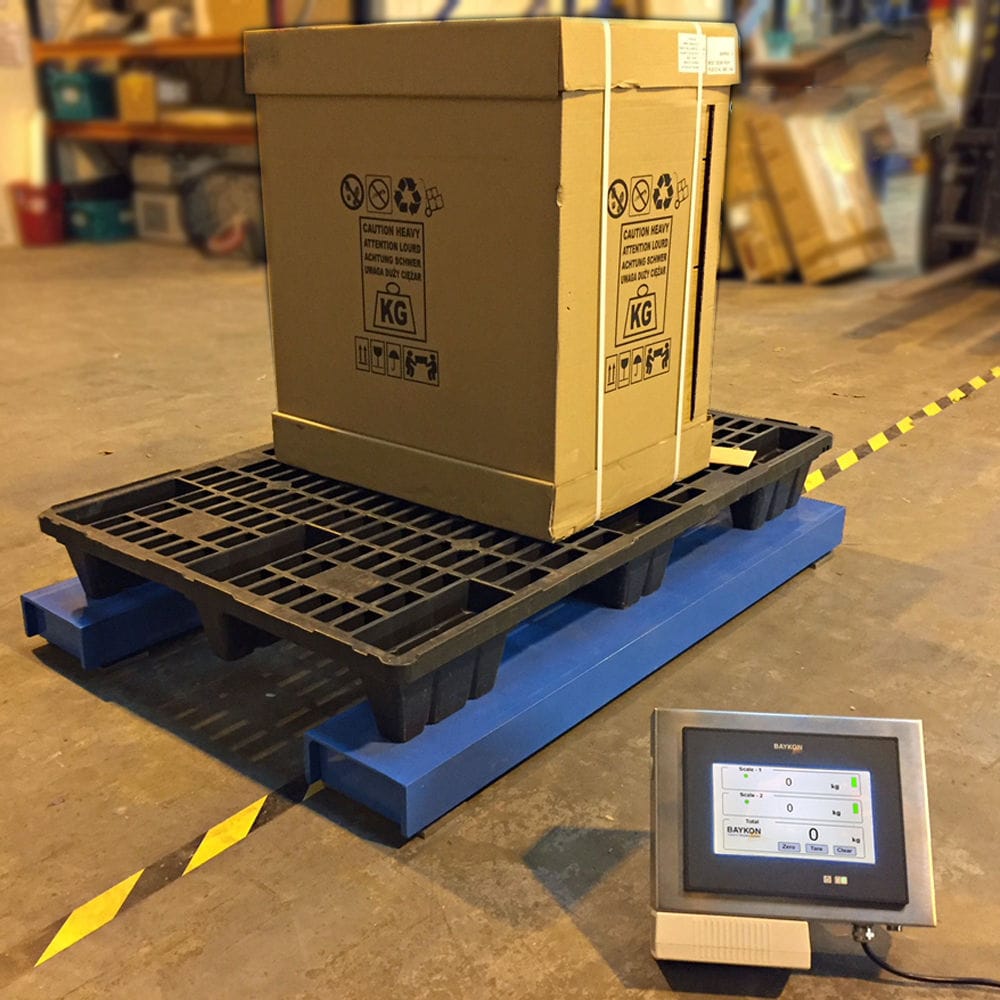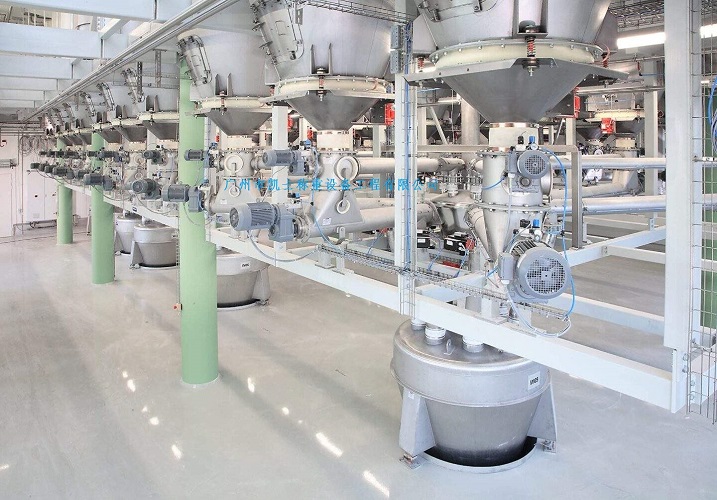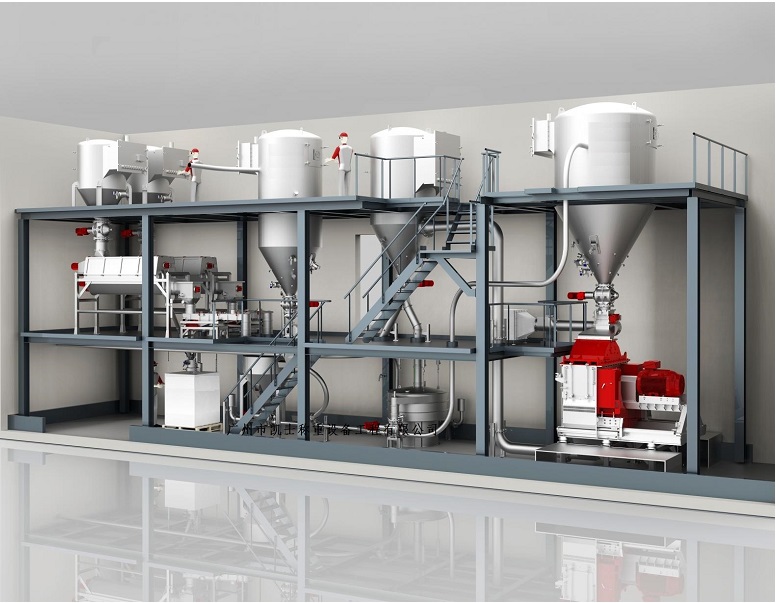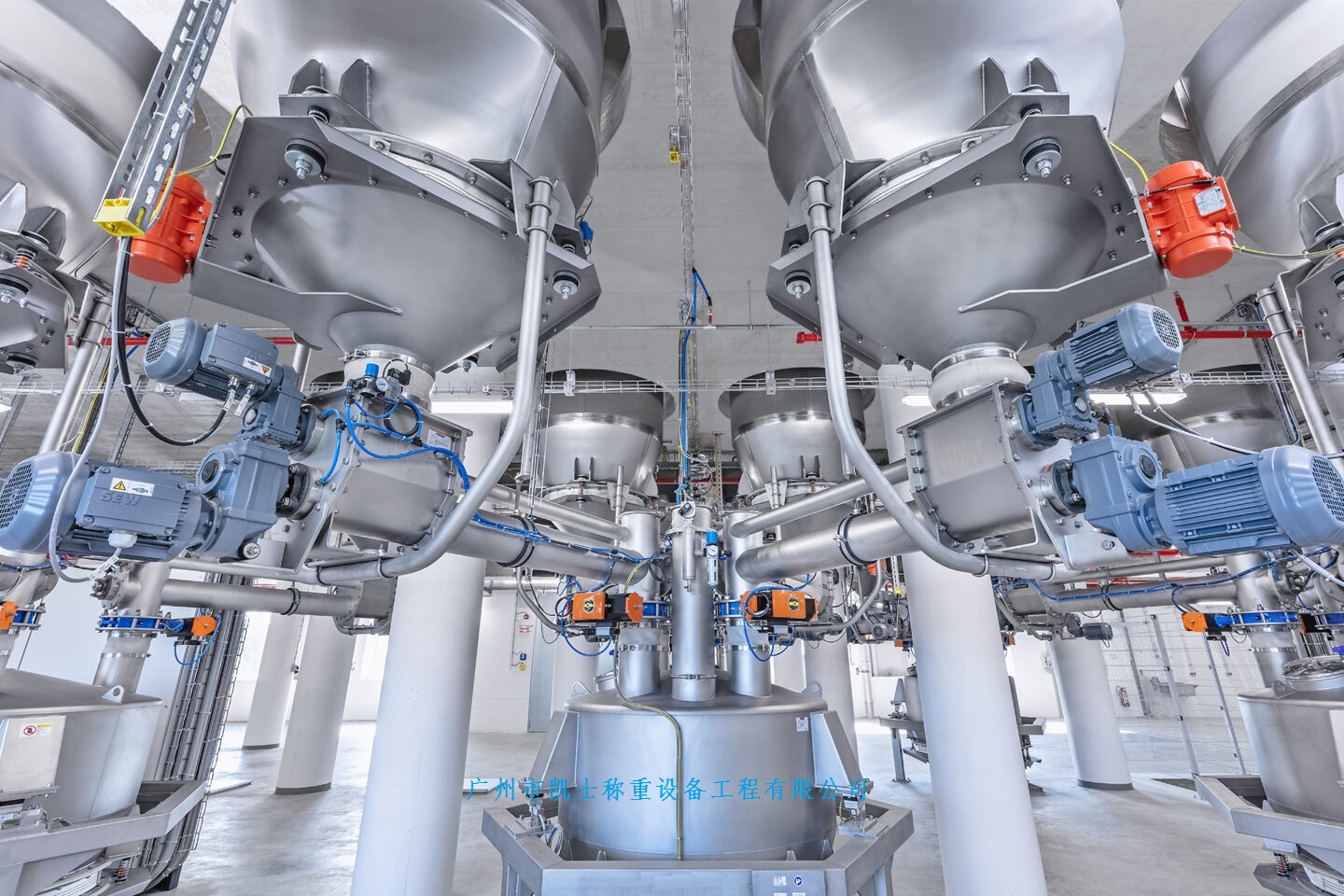

The feeding system calculates the required weight force of each concentrated phase under this ratio and powder loading volume based on the weighing of the reaction vessel as the feeding amount. Each phase forms a closed loop. By adjusting the opening degree of the proportion control valve of each phase, the output amount of each phase is stabilized at the given value, thereby ensuring the quantitative ratio. For flow control, the control output of the PLC (the control signal of the proportional valve) is subjected to limiting processing to ensure that the control output value can only vary within a certain range.
 020-34563445
020-34563445The conveying system is composed of specially designed concentrated phase conveying pipelines, reaction vessels, Weighing modules, compressed air pipelines, various valves, electrical control components and Weighing system control equipment, etc. The entire conveying process is monitored simultaneously by using a simulation screen and a central control room. The main controlled objects are the reaction vessel (reaction tank) and the eight solenoid valves around it that need to be controlled. As a whole, it constitutes the controlled object of the entire feeding system. The reaction vessel serves as a transfer station for raw material transportation. Air transmission mainly provides the air source for the reaction vessel. In the conveying system, there is one 10m' reaction vessel and two 6m reaction vessels. The feed valve mainly accomplishes the process of conveying powder from the upper conveying pipeline to the interior of the reactor. Before opening the feed valve, that is, before conveying materials to the reaction vessel, the vent valve needs to be opened to expel all the air inside the reaction vessel, reduce the internal pressure and facilitate conveying. The gas passing through the balance valve can apply a downward pressure to the powder inside the container. When the conveying pipeline is blocked, the conveying valve can clear the blockage through the auxiliary blowing effect of the auxiliary blowing valve. The powder can be conveyed to the next conveying pipeline through it.
The feeding system calculates the required weight force of each concentrated phase under this ratio and powder loading volume based on the weighing of the reaction vessel as the feeding amount. Each phase forms a closed loop. By adjusting the opening degree of the proportion control valve of each phase, the output amount of each phase is stabilized at the given value, thereby ensuring the quantitative ratio. For flow control, the control output of the PLC (the control signal of the proportional valve) is subjected to limiting processing to ensure that the control output value can only vary within a certain range. Data exchange and communication functions are accomplished through fieldbus. The material level detection element and pressure detection element transmit the detected material level and pressure signals to the PLC. The start, stop, overload and fault signals of the motor can also be transmitted to the PLC through the action of buttons. The PLC outputs the start, stop and overload alarm of the motor according to the corresponding program. Fault alarm, opening and closing of solenoid valves and other related signals.




